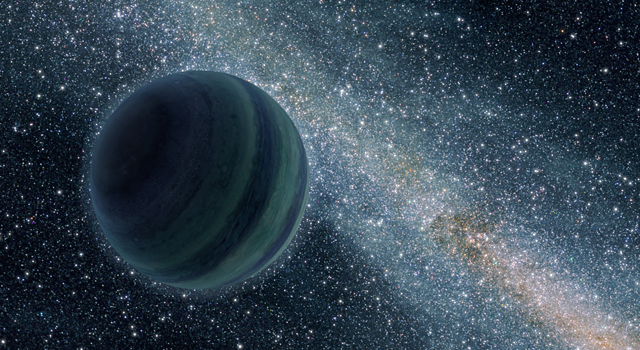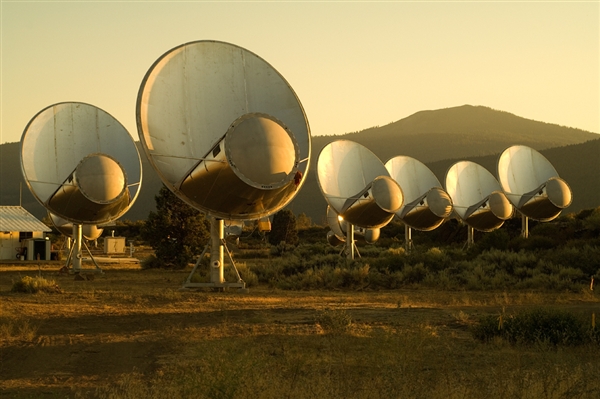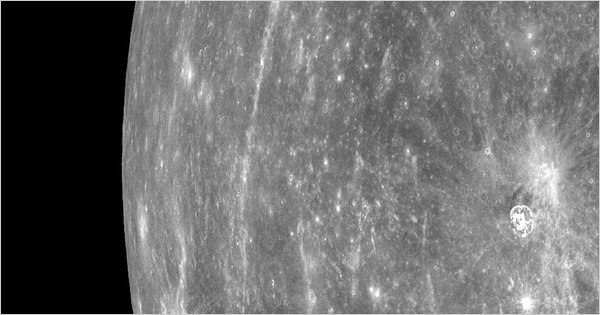“‘These things are not consistent with the amount of water that we find,’ he said. ‘I think in its very basic form, the [impact theory] idea is probably still correct, but there’s something fundamental about the physics of the process that we don’t understand.’“
A new study of lunar magma returned from Apollo 17 finds even more evidence of water on the moon, calling into question our understanding of how the moon was even formed. “The analysis, reported in Science, has looked at pockets of volcanic material locked within tiny glass beads. It found 100 times more water in the beads than has been measured before, and suggests that the Moon once held a Caribbean Sea-sized volume of water.”







